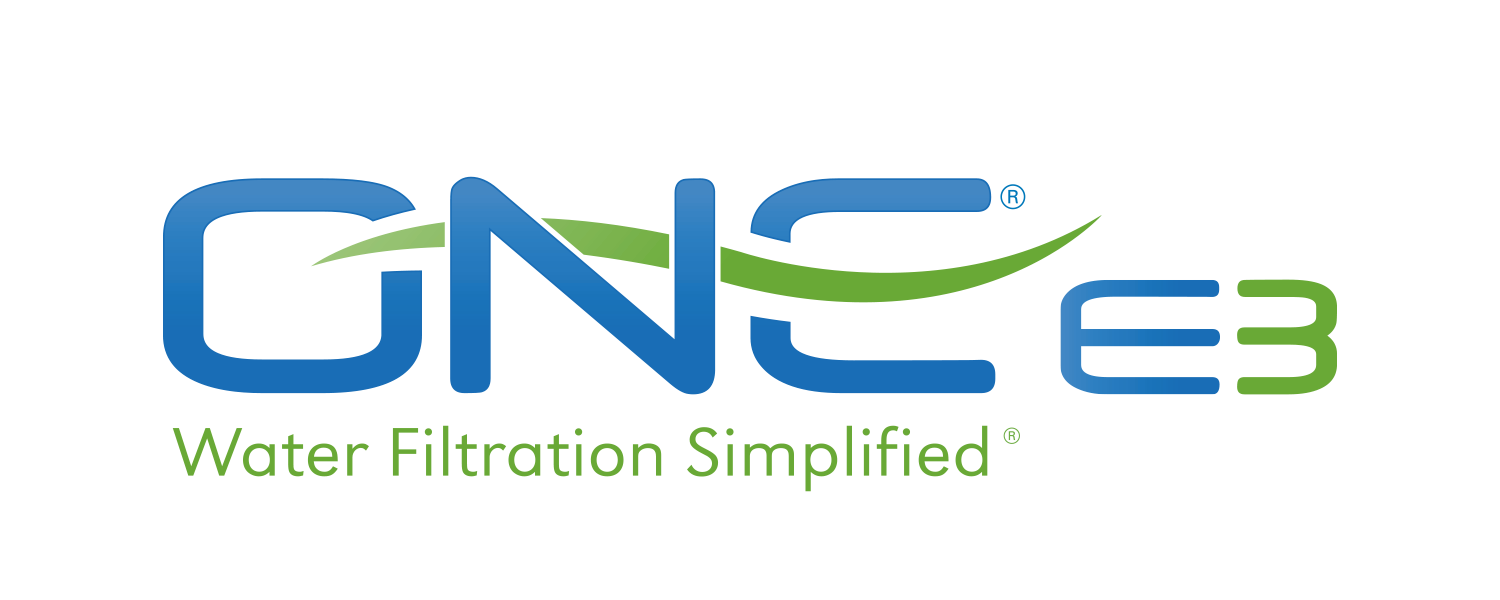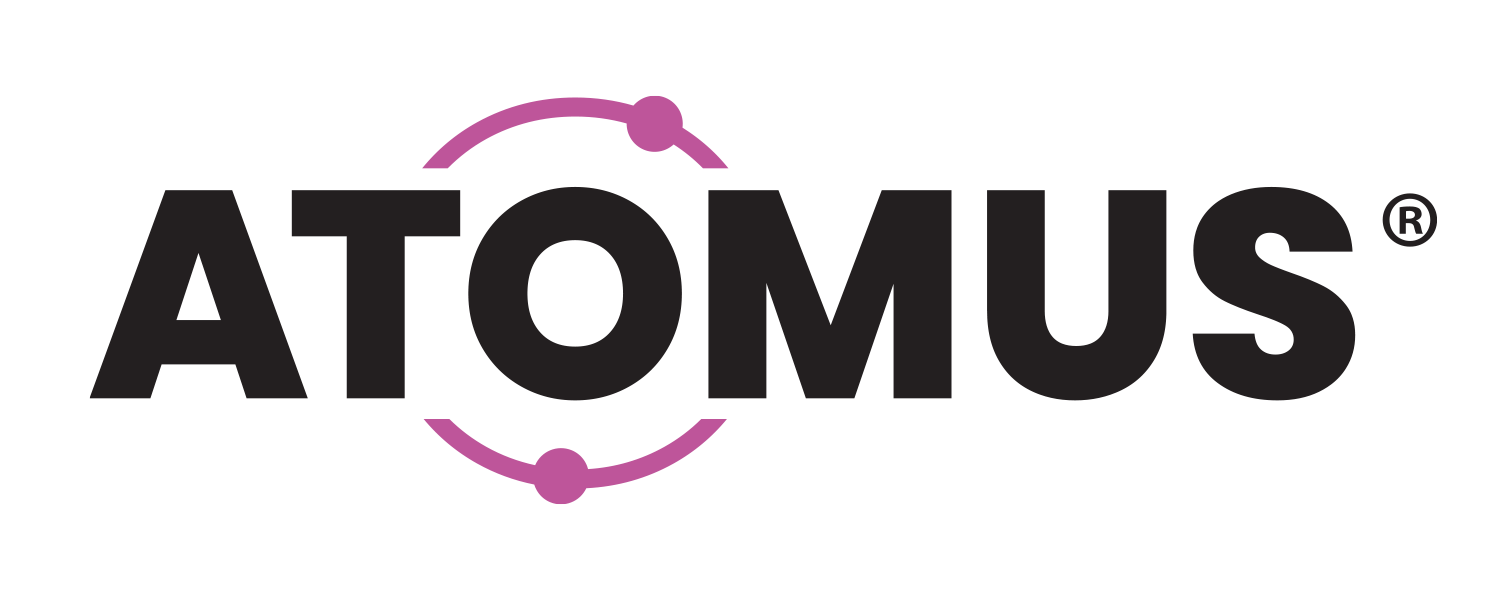While an increasing amount of publicity has been paid to PFAS water contamination in 2019, lead contamination continues to impact water systems throughout the United States. With millions of lead service lines still in use across the nation, different communities are facing challenges and issues related to keeping water free of lead. Here are a few recent examples:
In Sandy, Utah, undiluted fluoride was accidentally released into the town’s water system in February prompting officials to warn residents not to drink the water for fear it would have high levels of lead and copper (which can be caused to leach from pipes into water by fluoride). The “do not drink” advisory has since been lifted for residents, but many people are still questioning the safety of their water following the incident.
In Baltimore, Maryland, 14 out of 22 public schools that were recently tested for lead were found to have at least one water fixture with lead levels above the state’s required action point of 20 parts per billion (ppb). All the fixtures that showed high levels have been shut off and are set to be replaced.
In Minnesota, a new research report by the Minnesota Health Department and the University of Minnesota determined that the cost to replace the state’s lead service lines would be worth the $4 billion investment with what it would save in state in having to address contamination problems as they occur.
Another new report, this one put together by the Environment American Research & Policy Center and the U.S. PIRG Education Fund, graded 32 states on their efforts to proactively remove lead from school drinking water. The results? Twenty-two (22) of the states were given a failing grade.



